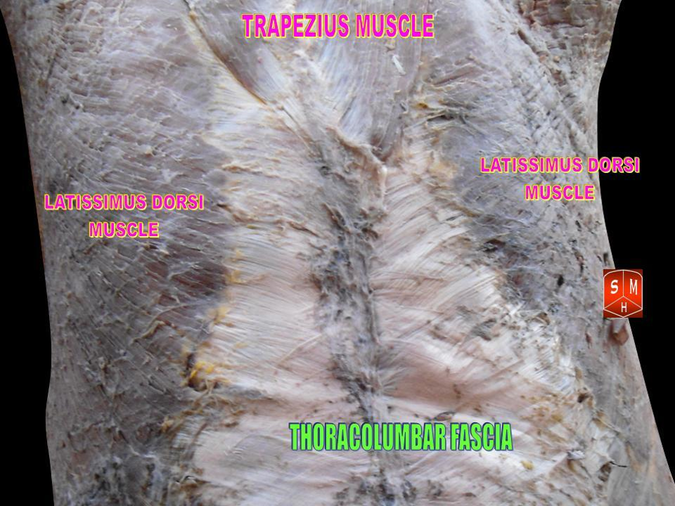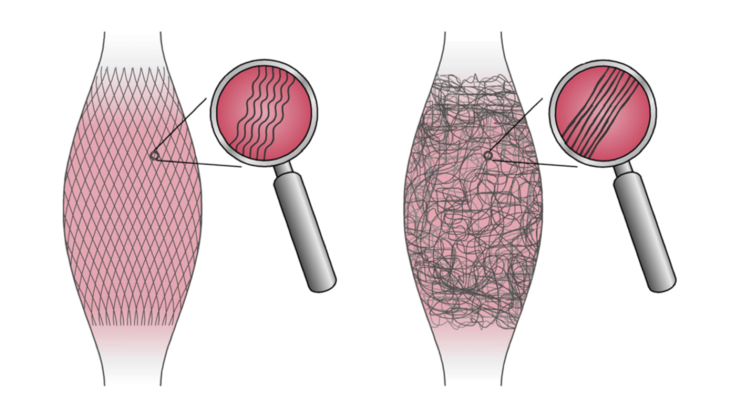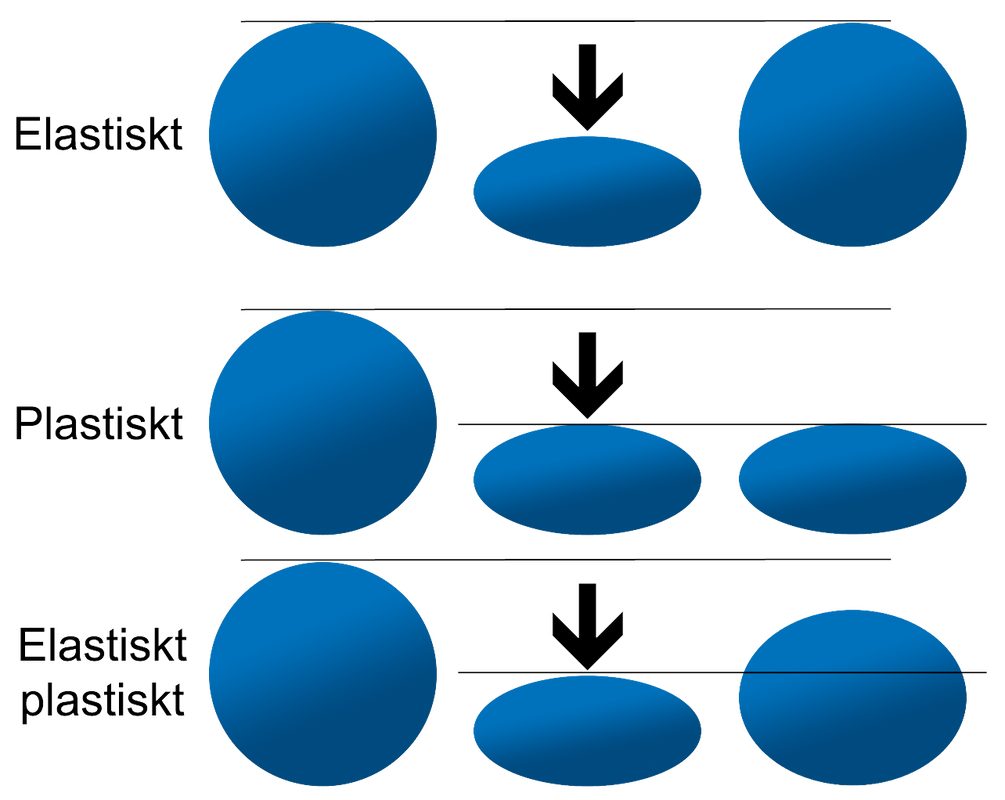|
Hi Friends- I have dove back into learning with a 4 month intensive (10+ hours per week study) course on Postpartum Corrective Exercises in order to learn more about breathing, the pelvic floor and core strength and those effects on our legs, shoulders and neck. In the meantime, I hope to inspire you to KEEP MOVING with my notes from Tom Myers' Anatomy Trains How Fascia Moves free webinar. Enjoy!
Organize the fascia through movement; immobilization leads to proliferation of irregularly arranged collagen fibers!
Four Properties of Fascia:
Viscosity Elasticity Plasticity Remodeling
Viscosity: fluid, gelatinous molecules that allows a lot of slow movement, but becomes solid with a sudden shock, just for the moment. Train viscosity with impact movement- solidifies the joint fluid, then back to fluid.
Elasticity: Measurement of restitution: how fast can it go, how long can it hold the elasticity? The tissue can hold between .8 and 1.2 seconds. It stores energy (end range of pull) and comes back about each second. It HAS to come back within a second. (Elastin fibers) Train elasticity of tendons with springing movements= stronger tendon load. (remember that elasticity (bounce) is a property of youth but is trainable into aging.
Plasticity: the combination of Viscosity and Elasticity, or Viscoelasticity. Plasticity takes place over minutes. This is how you stretch the fascia. No longer its original length, it is a permanent deformation in the fascia. Happens from a consistent stretch, the fibers slide on each other, then when the tension is removed, the fibers bind in the new position. Going beyond the elasticity into fiber bond disengagement, then forming new bonds in the new position. This is for stretching and self-myofascial release (SMR) tissue work. Sustained stretch and holding for a while.
Remodeling: Fascia fibers can be a loose weave or tight weave. Depends on where the fibers are to the amount of loose or tight; the Iliotibial band, very little give. In the pectoral area the loose weave allows a lot of give, changing shape. Fibers that are loose allow motion to a certain amount, the fibers lock (gets strong), but if the motion goes too far, pulls too far, the fibers tear. There is a time after a stretch where the fibers are weaker; Tear and repair works for fascia as it does for muscle; when torn or loaded the fascia responds to that sustained load by creating more fascia.
To reiterate:
Organize the fascia through movement; immobilization leads to proliferation of irregularly arranged collagen fibers! There is NO AGE LIMIT OF THIS ABILITY FOR OUR BODY TO GAIN MOBILITY. Comments are closed.
|
Archives
December 2022
|




 RSS Feed
RSS Feed